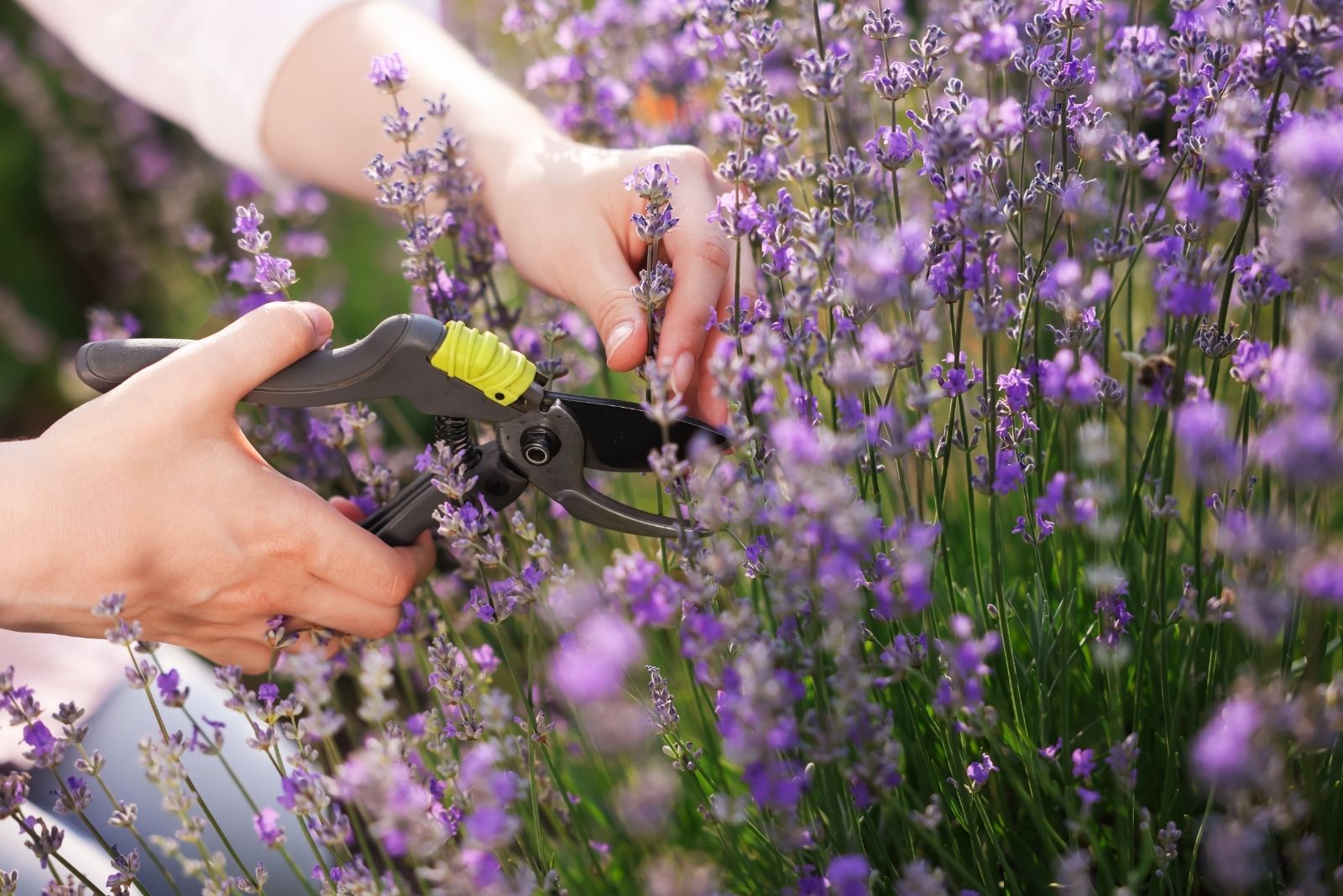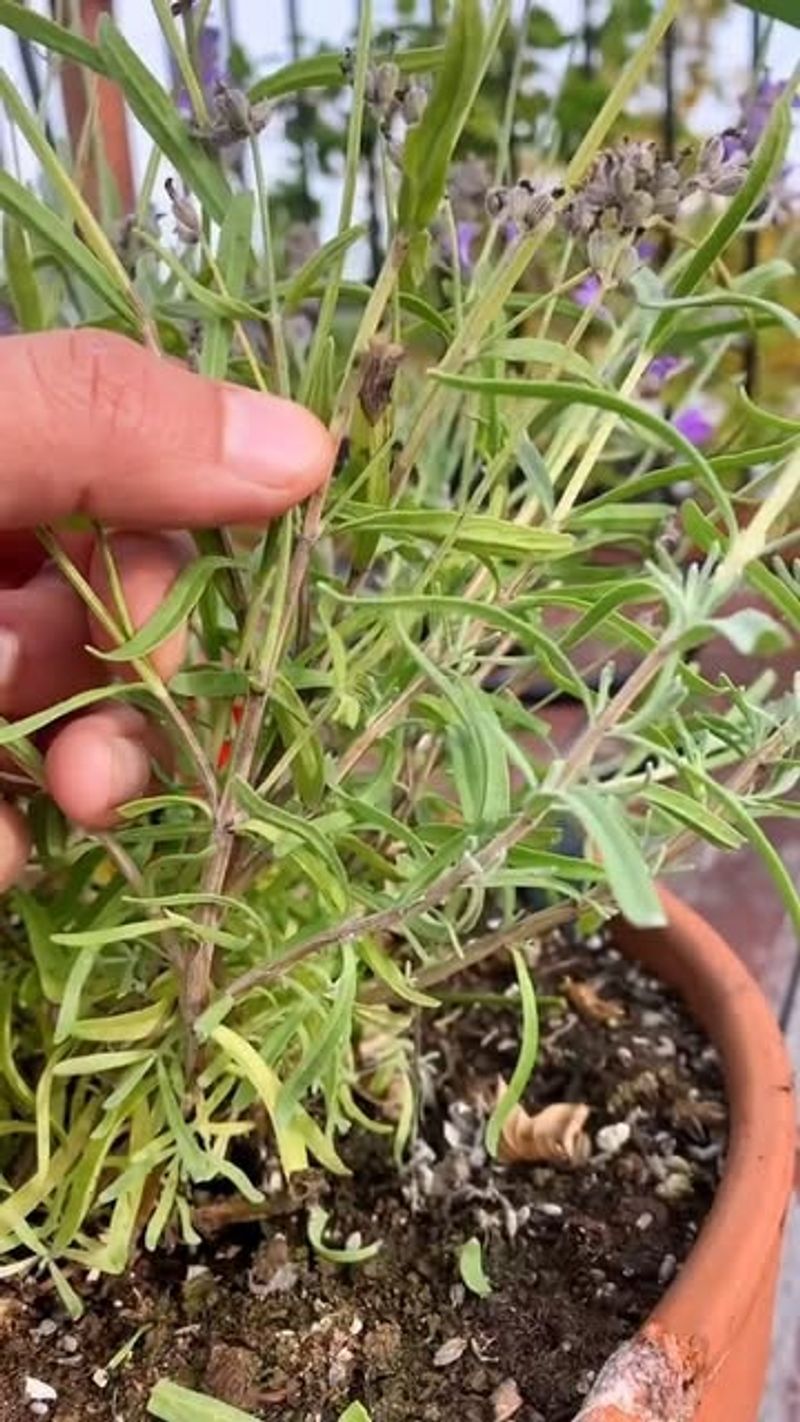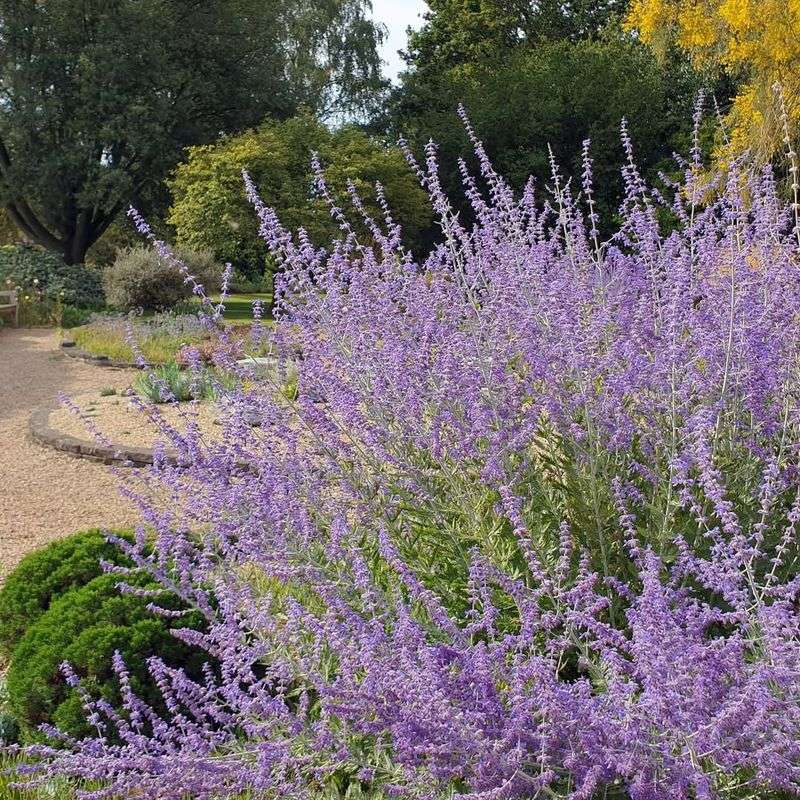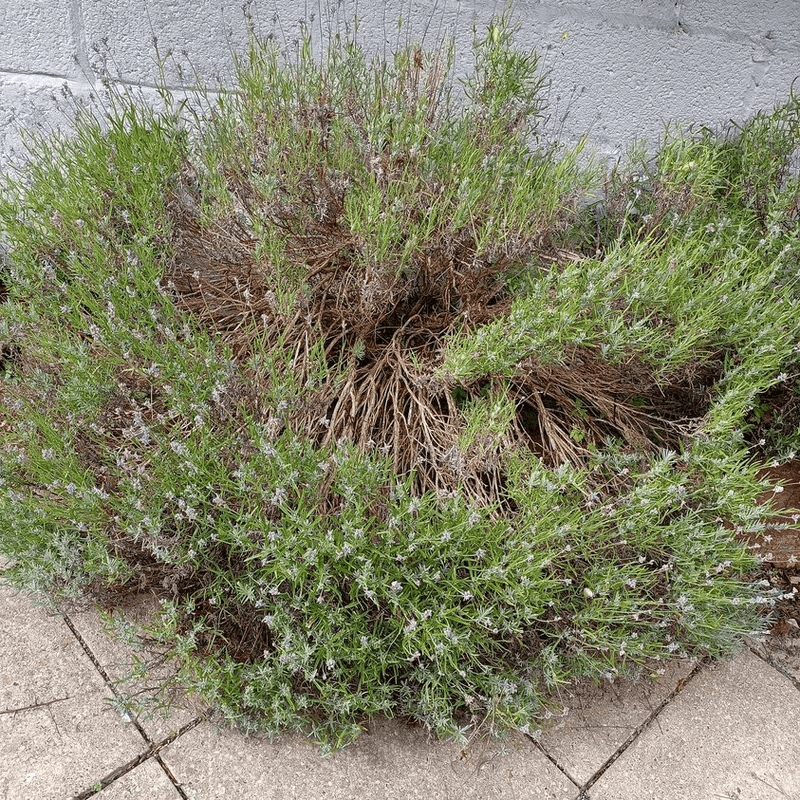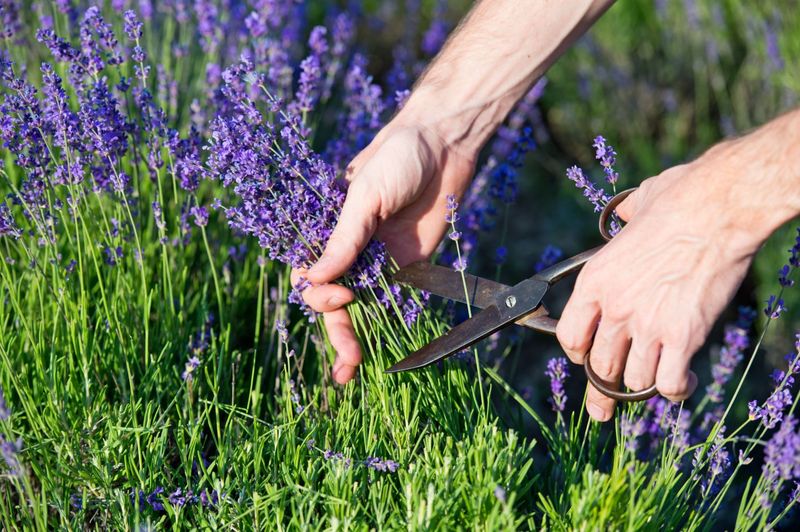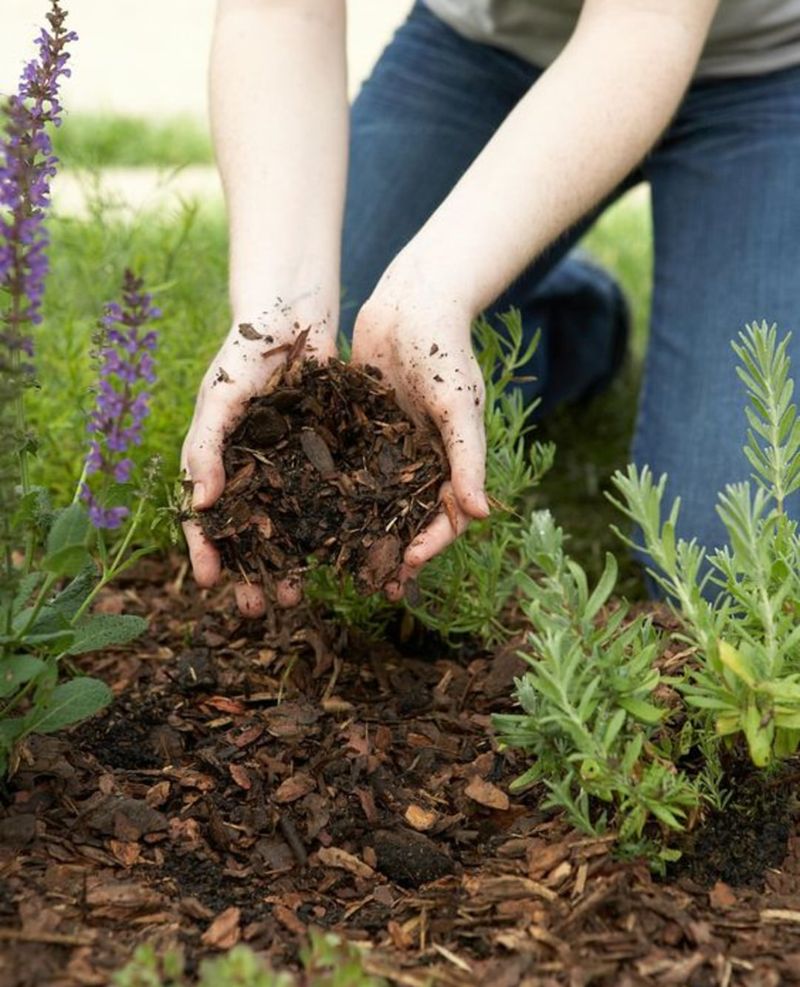Lavender plants bring beautiful purple blooms and wonderful fragrance to Washington gardens, but they need special care to stay healthy year after year. November is actually a tricky time for pruning these Mediterranean plants in our Pacific Northwest climate.
Understanding the right techniques will help your lavender survive winter and come back stronger next spring, ready to fill your garden with color and that amazing scent we all love.
1. Wait For The Right Weather Window
Timing your pruning session matters more than you might think. Washington’s November weather can be unpredictable, swinging between sunny days and sudden cold snaps that drop below freezing overnight.
Pick a dry day when temperatures will stay above 45 degrees for at least the next week. Cutting during wet conditions invites fungal diseases, while pruning right before a freeze can shock your plant. Check the extended forecast carefully before grabbing your shears.
2. Cut Only The Flower Stems
Your lavender has two distinct parts: soft green stems with flowers and tough brown woody growth at the base. Many gardeners make the mistake of cutting too deeply into that woody section, which rarely grows back properly.
Focus your pruning on removing just the spent flower stalks and about an inch of the green growth beneath them. Leave all the woody base completely untouched during November pruning sessions for best results.
3. Shape Without Severe Cutting
Creating a neat, rounded shape helps your lavender handle winter winds and snow better than letting it grow wild and leggy. However, aggressive shaping in November can remove too much protective foliage when your plant needs it most.
Trim lightly to maintain the mound form, taking off no more than one-third of the total green growth. Save major reshaping work for spring when warmer weather supports stronger recovery and new growth.
4. Sterilize Your Tools Between Plants
Disease spreads surprisingly fast through dirty pruning equipment, especially during damp Washington autumns. One infected plant can contaminate your entire lavender collection if you use the same unwashed shears on everything.
Wipe your blades with rubbing alcohol or a bleach solution between each plant. This simple habit takes just seconds but prevents heartbreaking losses from bacterial or fungal infections that thrive in cool, moist November conditions.
5. Remove Dead And Damaged Growth First
Brown, brittle branches aren’t just ugly—they’re potential disease magnets that can infect healthy parts of your plant over winter. Start every pruning session by identifying and removing any stems that look dried out, broken, or discolored.
These damaged sections won’t recover and they drain energy your lavender needs for surviving cold months ahead. Clearing them away improves air circulation too, reducing the moisture buildup that encourages mold and rot in our rainy climate.
6. Avoid Cutting Into Old Wood
Here’s something many beginners don’t realize: lavender’s woody stems almost never sprout new leaves once they’ve turned brown and hard. Cutting into this ancient growth essentially creates permanent bald spots that ruin your plant’s appearance and productivity.
Always keep your cuts in the flexible green zone where leaves and flowers grow. If your lavender has become extremely woody with little green growth remaining, November isn’t the time to fix it—wait until spring instead.
7. Apply Light Mulch After Pruning
After pruning, your lavender benefits from a thin protective layer around its base, but too much mulch causes more problems than it solves. Lavender roots hate staying wet, and our Northwest winters already provide plenty of moisture without any help.
Spread just one or two inches of coarse organic material like wood chips in a ring around the plant, keeping it several inches away from the stems themselves. This protects roots from temperature swings without trapping excess water.

